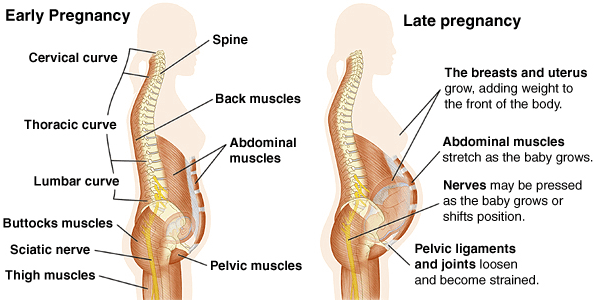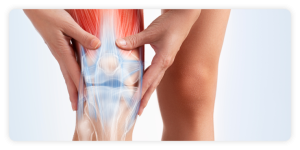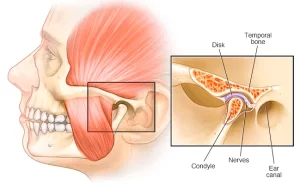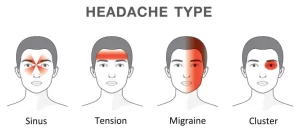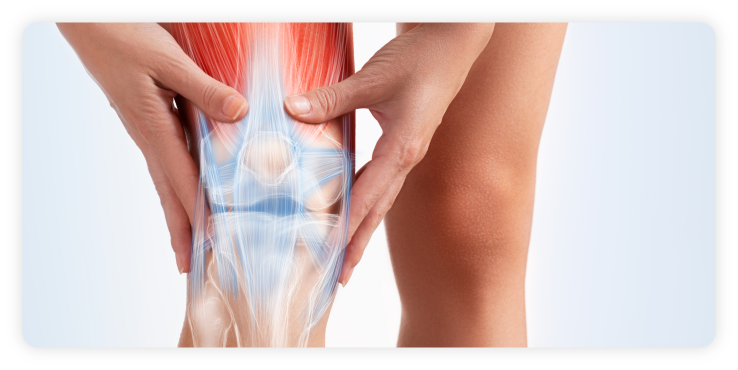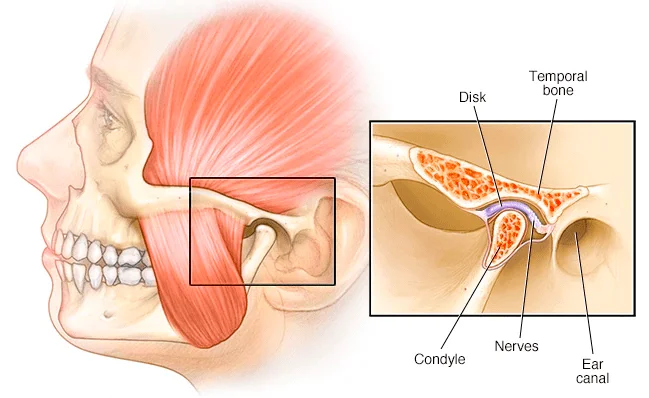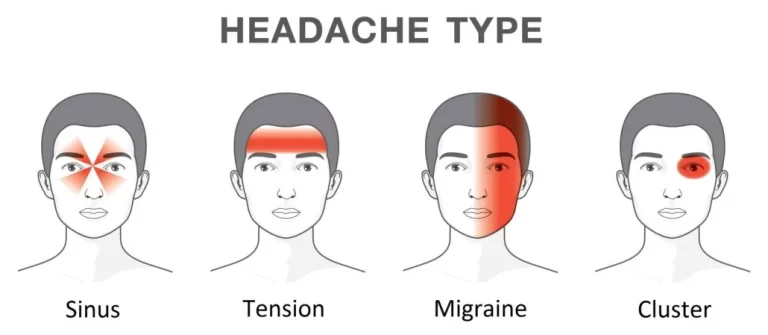What is Pregnancy Related Back Pain?
About two-thirds of women experience back pain during pregnancy along with nausea, fatigue, and swollen feet especially in the early stages. During pregnancy, the ligaments in the body naturally become softer and stretch to prepare for labour. This can put a strain on the joints of the lower back and pelvis which can cause back pain. Pregnancy-related back pain typically affects the lower back. Back pain can also arise near the center of the back when doctors call it lumbar pain or the tailbone when they refer to it as posterior pelvic pain. Many factors, including hormonal and postural changes, contribute to back pain during pregnancy. The causes vary between women and may depend on the stage of pregnancy.
Pregnancy Related Back Pain in First Trimester
During the first trimester, levels of progesterone in the body increase rapidly. High levels of this hormone helps relax the muscles and ligaments near the pelvis, which can affect the stability and alignment of the joints. Another hormone called relaxin helps the egg to implant in the uterus wall and also prevents contractions during the early stages of pregnancy. As labour nears, relaxin stimulates the cervix to soften and open in preparation for delivery by relaxing the ligaments and joints in the pelvic region so that the birth canal can expand during delivery. Relaxin also affects the ligaments that stabilize the spine which can cause instability, postural shifting, and low-back pain. Another factor which is stress from pregnancy can also affect a person’s mood or psychological state of being and cause physical symptoms such as fatigue, headaches, stiffness, and muscle pain.
Pregnancy Related Back Pain in Second and Third Trimester
During the second and third trimesters, the uterus continues expanding as the fetus grows rapidly. Postural changes, weight gain, and muscle separation all contribute to back pain in the later stages of pregnancy. Firstly, postural changes. A woman’s center of gravity shifts to the front of the body as the baby grows in weight. Some women may lean back to regain balance. Leaning backward puts extra strain on the back muscles that can lead to lower back pain and muscle stiffness. Secondly, weight gain. Weight gain during pregnancy can also contribute to the lower back and joint pain. The amount of weight a woman puts on during pregnancy can impact her and her baby’s overall health. Thirdly, muscle separation. The abdomen consists of two parallel bands of muscles that connect in the middle of the abdomen. These muscles help to stabilize the spine and support the back. During pregnancy, the growing fetus pushes against the abdominal muscles, causing them to stretch and, in some cases, separate. This pressure can result in a condition called diastasis recti or muscle separation. Some women may also develop a bulge or “pooch” in their stomach. This is a sign that their abdominal muscles are separating to allow room for the growing uterus. As the abdominal muscles stretch, they become weaker. This can increase a woman’s risk of injuring her back or developing lower back pain or pelvic pain.
Pregnancy Related Back Pain Treatment
Osteopathy provides a safe, natural, and gentle approach to help with the above issues pregnant mums face by reducing discomfort and postural strains. Treatment helps the body adapt and support the body’s changes as well as prepare the body for birth by helping optimise alignment and biomechanics. Techniques used for treatment include deep tissue releases and massage, mobilisations, stretching, manipulations, exercise therapy, and lifestyle advice. All treatments are customised to ensure safety and effectiveness. Starting regular treatment after the first trimester is recommended. If in doubt, please seek professional advice from an osteopath in Singapore.
Check out our popular articles: Diastasis Recti, Tight Back Muscles, Irritable Bowel Syndrome (IBS), Temporomandibular Joint (TMJ) Dysfunction, Tennis Elbow, Wrist Tendon Injury, Sciatica, Whiplash, Hernia, Herniated Disc (Slipped Disc).
